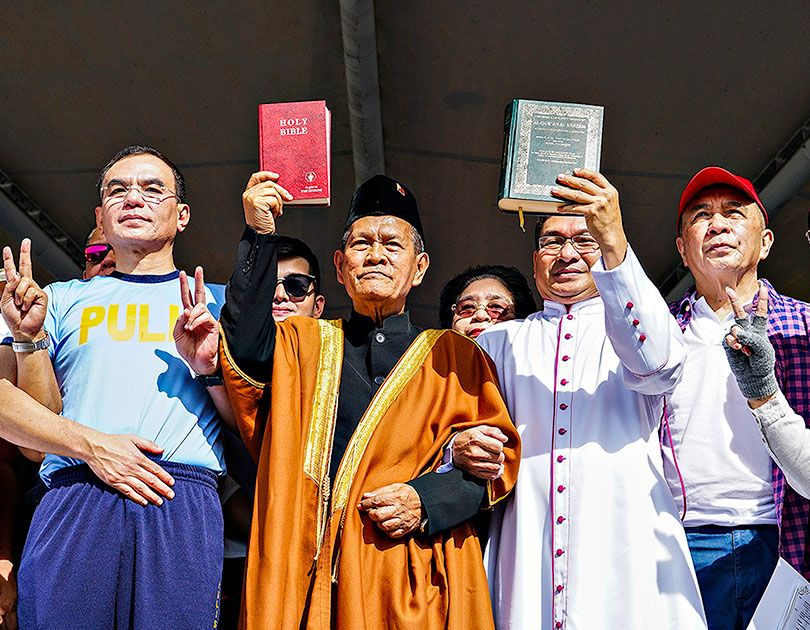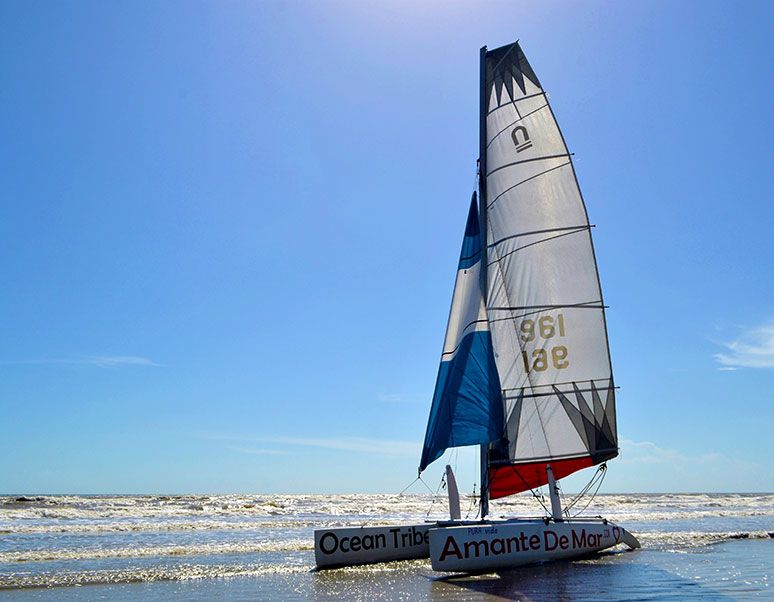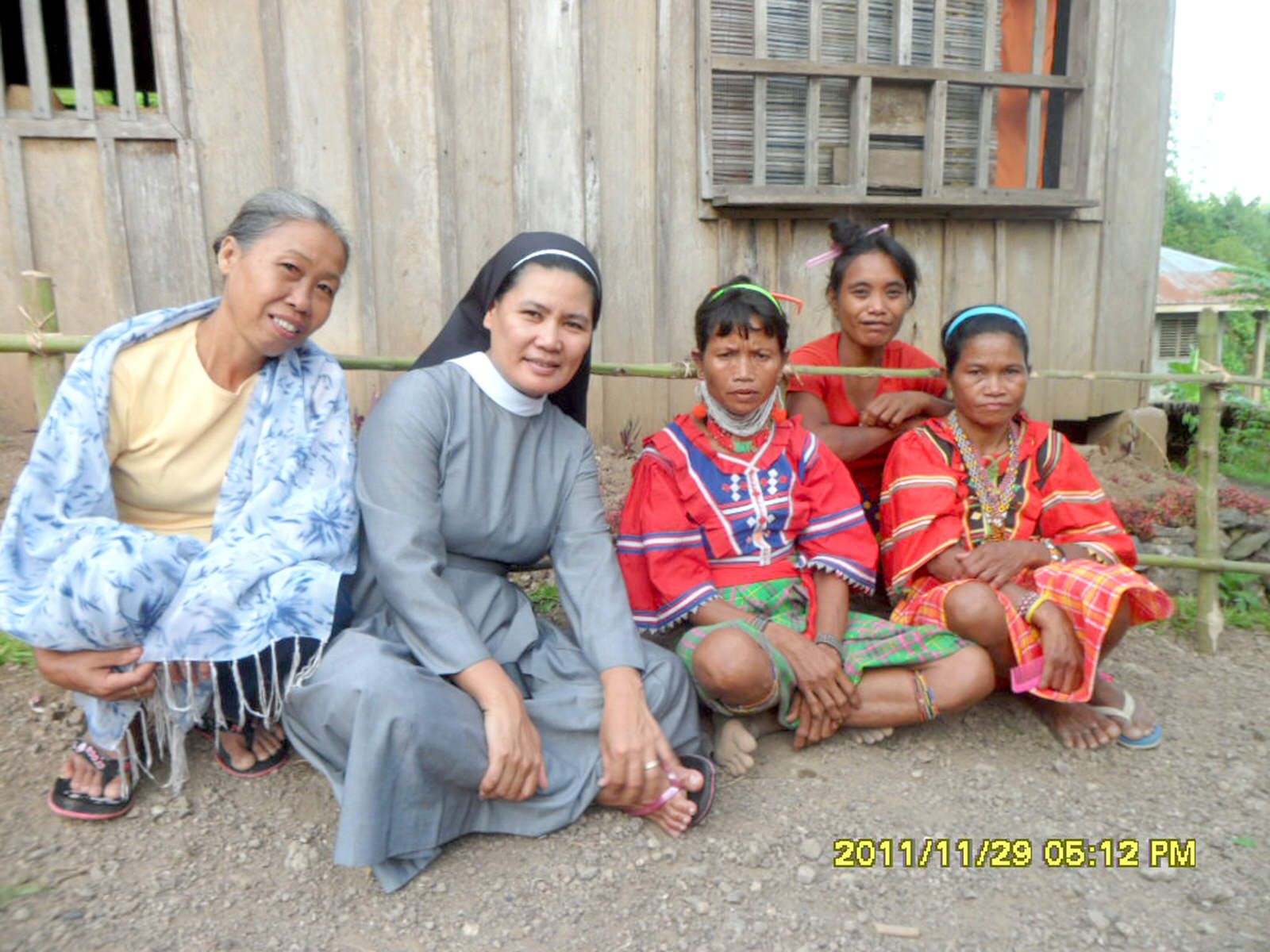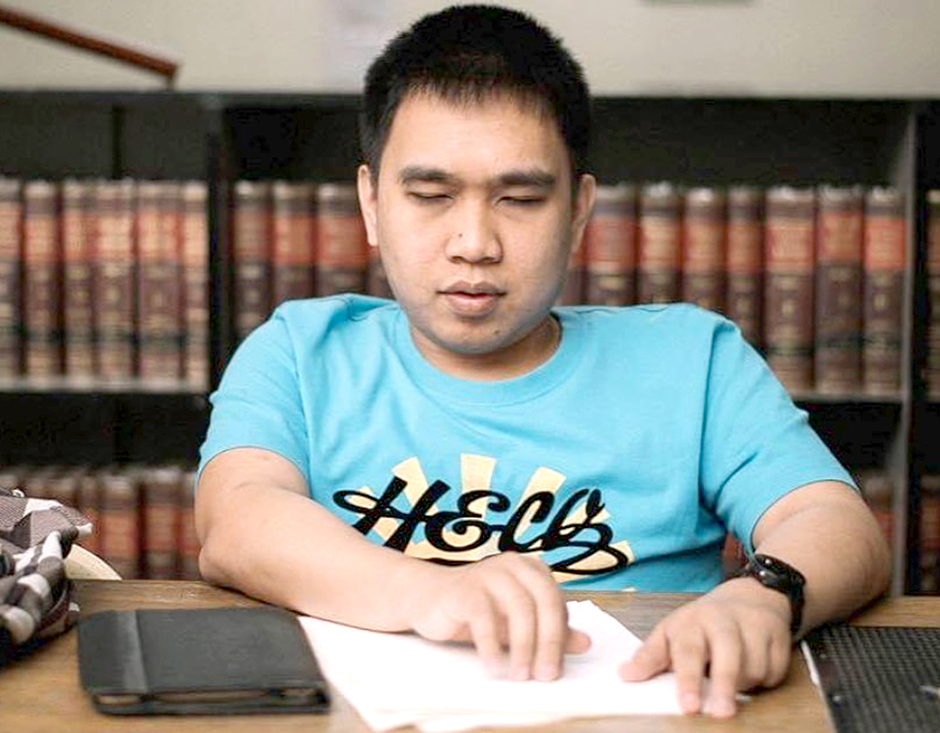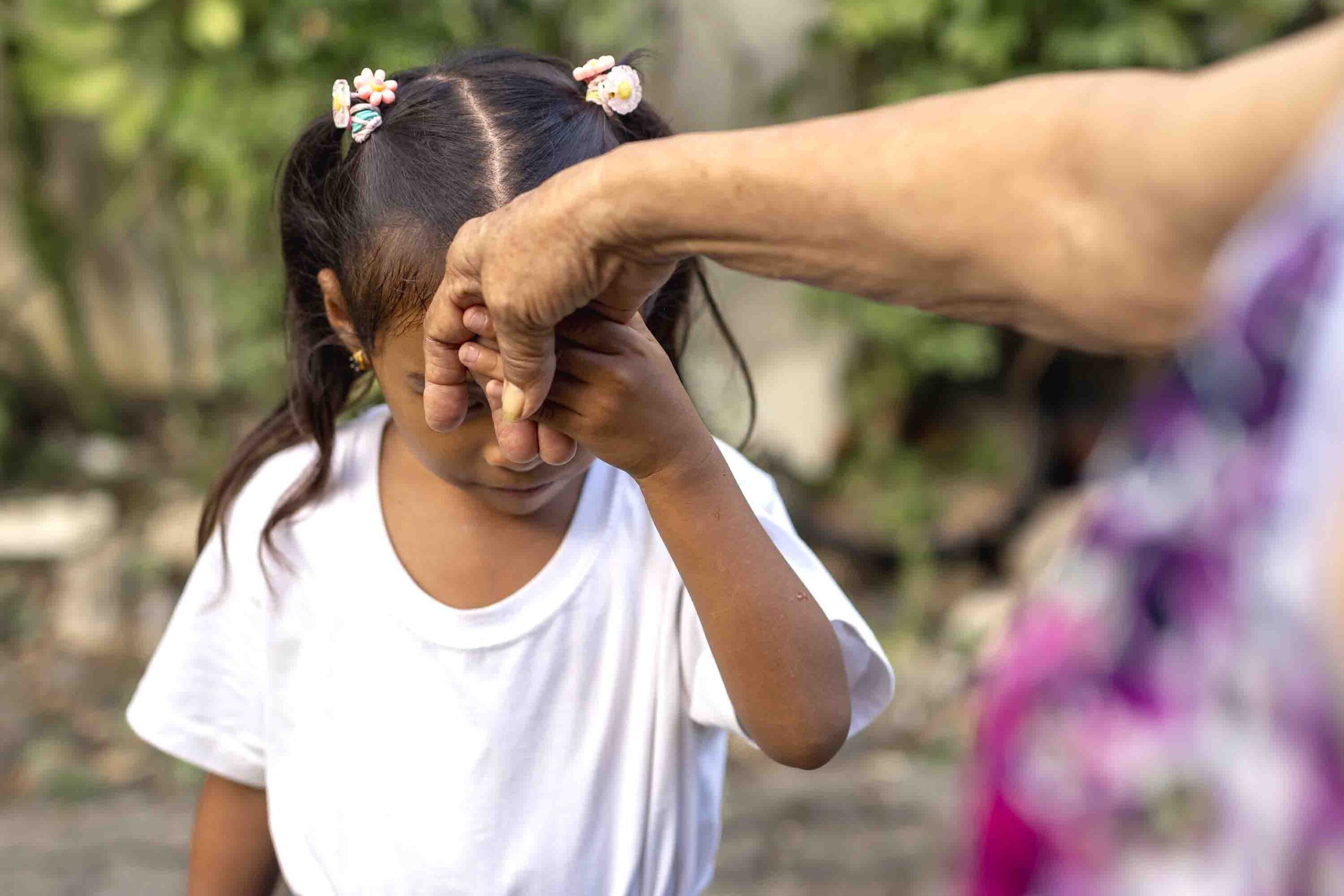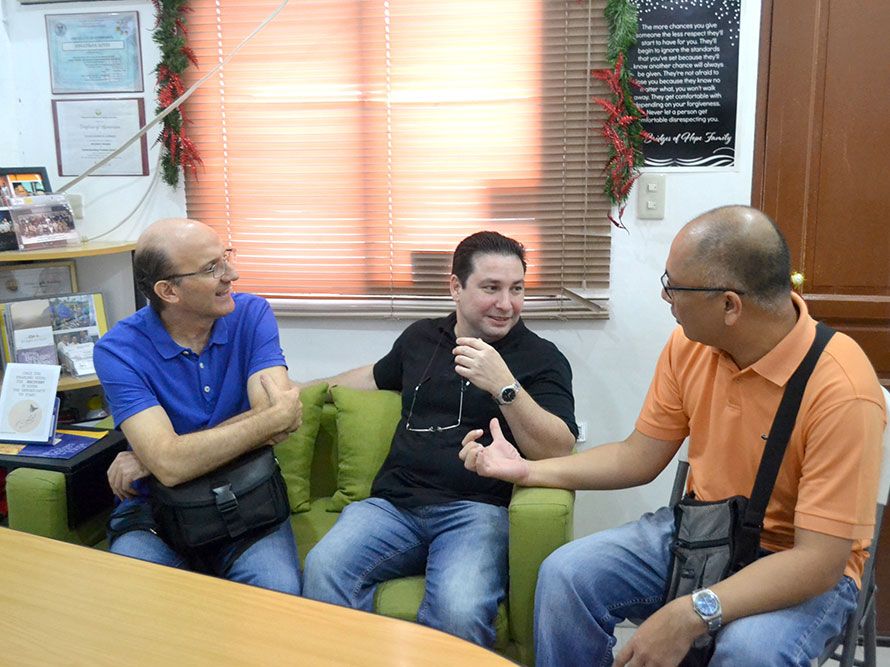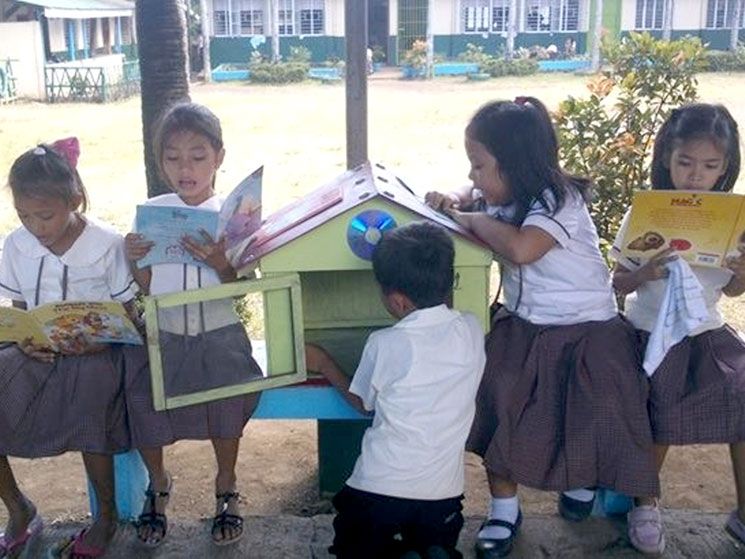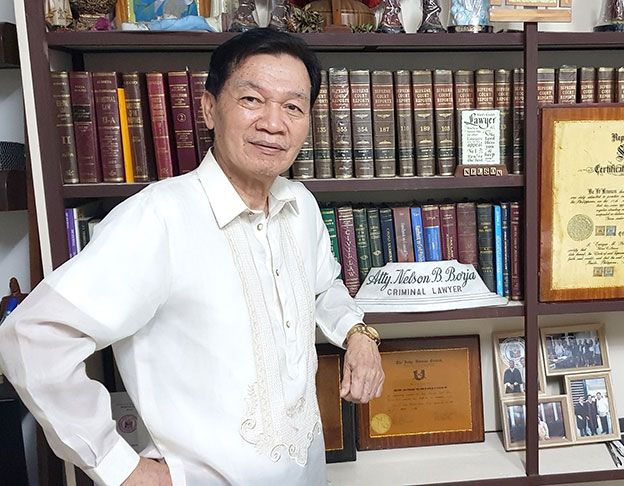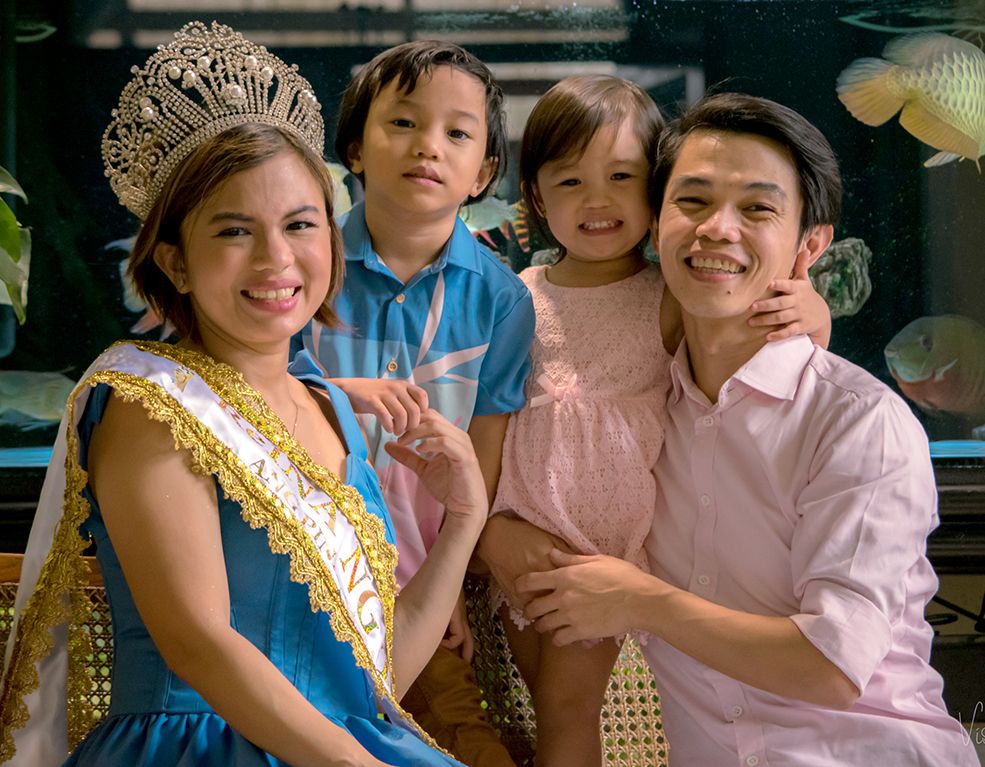What is financial literacy? What are its different components? How does it work?
Financial literacy is the ability to use knowledge and skills to effectively manage financial resources for a lifetime of financial well-being. It involves concepts of financial planning such as the X-curve concept and how money works. In IMG (International Marketing Group), it involves understanding the six steps of building a solid financial foundation—i.e. increase cash flow, health protection, life protection, debt management, emergency fund and investments. It teaches people about financial check-ups and financial goal-setting.
Who needs it?
Everyone needs it. We in IMG believe that financial planning is not just for the wealthy but for everyone. In 2016 the Department of Finance said that the financial literacy program should cover everyone from ages 5 to 100.
Why is it important for Filipinos? How effective is it?
It is important for Filipinos because our financial quotient or financial IQ is quite low. Citibank has been conducting this survey since 2007. At that time, the average financial quotient of Filipinos was 47.8. In 2013, it rose to 53 but it is still low. I believe that financial literacy education has been effective in increasing the financial quotient of Filipinos as reflected in the Citibank survey.
What are the benefits?
The possible outcome of financial literacy education is that Filipinos will learn how to save and invest more properly so they can achieve their financial goals at various stages of their lives.
When did you attend the financial literacy training program?
I first attended the program in IMG in 2010.
How and why were you interested to attend or practice financial literacy?
I have always been interested in personal financial management when I was still working as an Overseas Filipino Worker (OFW) in the 1990s because I believe that it will help me achieve our family’s financial goals. So I read books on personal finance, investments, and the like. However, when it came to applying what I learned from these books there was no available vehicle in the Philippines like IMG. That’s why when I attended my first IMG seminar in 2010, I realized and decided that its mission of creating wealth for families was unique because it also provides the vehicle for applying the financial knowledge that you learned.
How has it helped you over the years?
First of all, it has helped my own family members to start building their financial foundation by starting their own savings and investment programs through long-term health plans, life insurance, mutual funds, and stocks. It has also helped me earn extra income by using my spare time in building passive income.
When did you start educating financial literacy to others?
I first started with my own children a few months after I joined in March 2010. Then I started to share it with my own and my wife’s siblings, nephews, and nieces that year. Then in September 2010, I brought IMG’s mission to Brunei to share first with my daughter and her husband, my brother and his family, and then to my brothers and sisters in Couples for Christ (CFC) which I served for many years, as well as the OFWs in the prayer groups in the country’s capital.
Is there any association of educators/trainers of financial literacy here in the Philippines? How many financial literacy educators are there in the Philippines?
As far as I know, there is no single association of financial literacy educators in the country. However, there are several groups, both private and public, that are involved in this endeavor besides IMG. As for IMG, it has thousands of financial educators around the Philippines and the world, mostly OFWs.
What are the challenges / risks of financial literacy? What are its constraints, if any?
Some of the challenges in my experience are: a) people do not think it is important when you invite them to attend the basic seminar; their usual excuse is that they are busy; b) people think that they do not have enough money to save and invest, and that investing is only for the rich; c) people think that it is one of those multilevel marketing companies; d) people think that it might be a scam.
Why do you motivate people to undergo or opt for financial literacy in their lives?
First, many people are financially struggling because they lack financial education and information. Second, I believe that this lack (of financial education and information) is also one of the causes of poverty in the country. Financial education has not been taught in schools until a law was passed in 2017. Third, there is the wrong mindset when it comes to savings. Most Filipinos’ formula for savings is income – expenses = savings. This was also our formula before. This could be why only one out of four Filipino households has savings, according to the Central Bank of the Philippines. It is one of the lowest in Southeast Asia. Fourth, most poor people think that if they were born poor, they would die poor. This is not true. There are people who were born poor but given the right opportunity, platform and hard work, they were able to build their wealth. Some of the richest Filipinos were from a poor background like Senator Manny Pacquiao, John Gokongwei and the late Henry Sy. That’s why Bill Gates says that “If you were born poor, it was not your mistake. But if you die poor, it is your mistake.”
Why is it needed to promote financial literacy to the people? How do you foster it?
IMG promotes financial literacy education for the reasons that I have already stated above. In IMG, we have made it our global mission to teach financial literacy to one million families by 2020. I believe that this is by far the biggest financial literacy campaign by any group. The promotion is done by thousands of financial educators all over the world through the following means: free weekly seminars and financial workshops at IMG’s financial centers around the Philippines and around the world, webinars called Building Your Future Orientation, use of social media such as Facebook, speaking on radio and television programs, seminars in schools, companies, government offices, cooperatives and communities, and videos in YouTube.
Do you think private and public sector agencies / institutions should promote financial literacy among people?
I absolutely agree with it. In fact, in recent years the government, private sectors and institutions have been promoting financial literacy. The Department of Finance, Central Bank of the Philippines, and Department of Education have financial literacy programs. Last year, for example, the Department of Education and Central Bank were working to incorporate financial literacy in the K-12 curriculum. In the private sector, besides IMG, banks like Bank of the Philippine Islands and Citibank have financial literacy programs. There are also programs like Bro. Bo Sanchez’s Truly Rich Club’s annual Wealth Summit, the Registered Financial Planners of the Philippines’ annual Financial Fitness Forum, ABS-CBN’s On The Money, Business World and Business Mirror, and lastly a group called Angat Pilipinas Coalition for Financial Literacy.
Can you please give one example of a person / family who has attended your training on financial literacy (what was his condition before and after attending your training on financial literacy? Is there any significant difference?
I can cite two examples of OFWs in Brunei. One is an old acquaintance in Brunei, Mr. Tarciano “Loloy” Subaan, Jr. and wife Margie. The other is my daughter Lisa Santiago Bobiles and husband Rhenee. The Subaans and the Bobileses have been working for a long time in Brunei but had no savings and investments before joining IMG. After joining IMG, they have started their savings and investment plans in long term health care, life insurance, and mutual funds. They are also working on building their emergency funds and managing their debts. They are now also financial educators helping not only their own families but many others as well in their journey in building a solid financial foundation.
Do your children, family members, friends and others practice it?
As I stated earlier, my own family members, my spouse, and four children were the very first ones that practiced what I learned. Then some of my own and my wife’s siblings, nephews and nieces, then some of my spiritual community members and other people have done it. I would say that in the last nine years more than 300 people out of the thousands of people that attended my seminars have applied what they learned.





